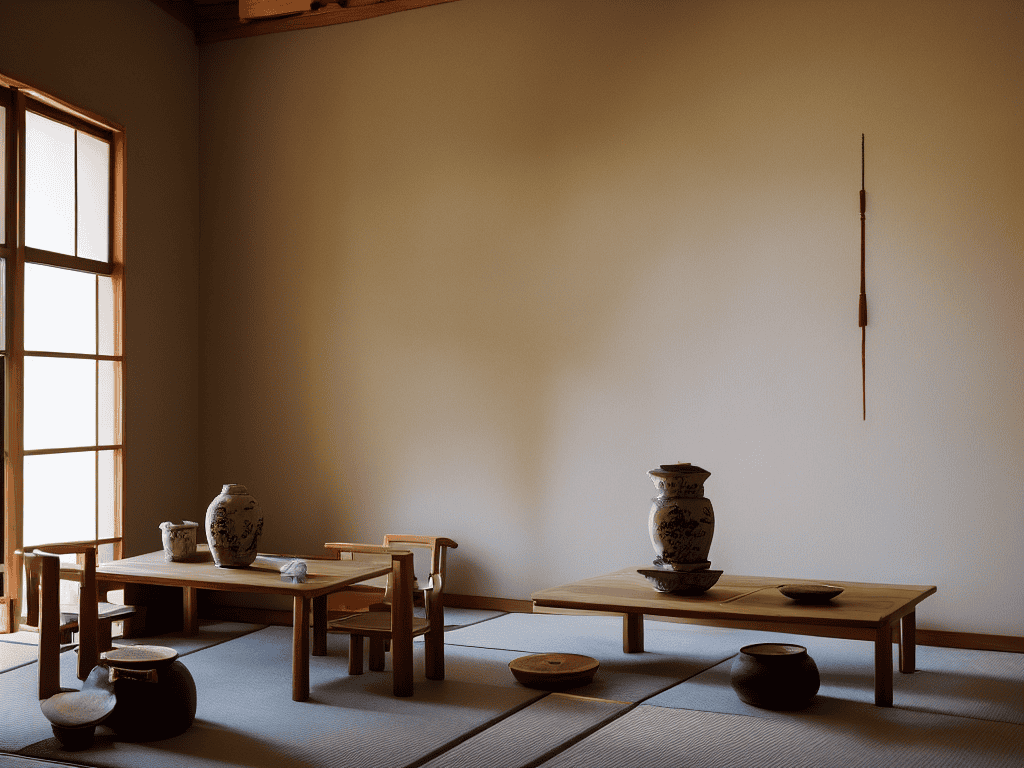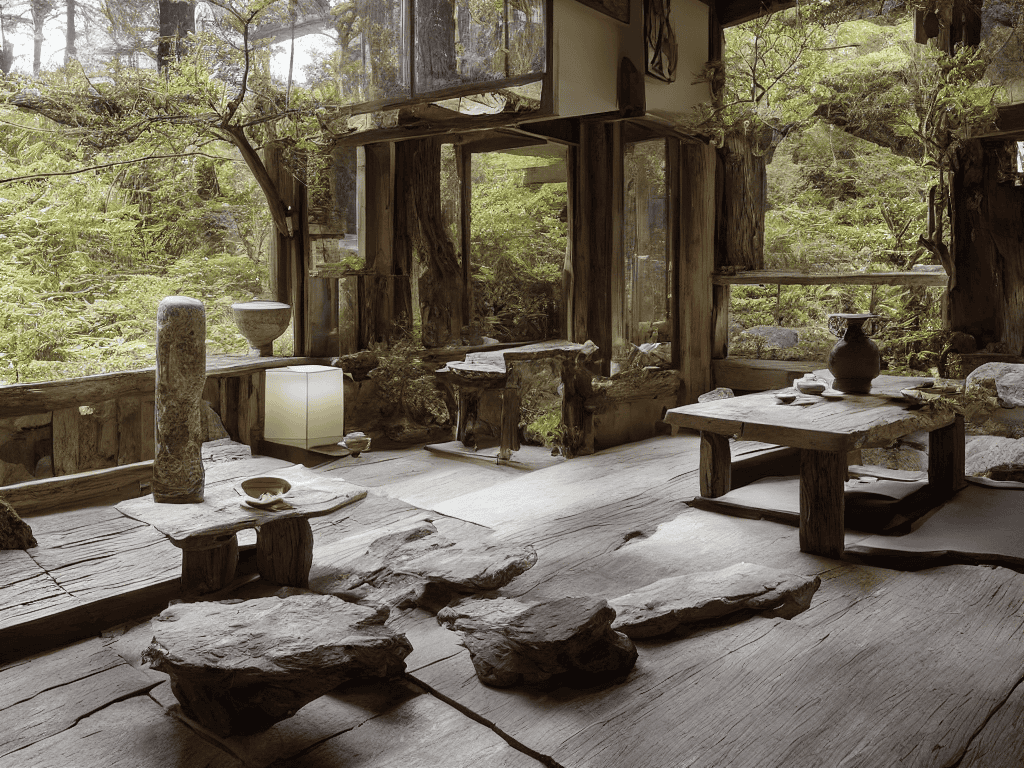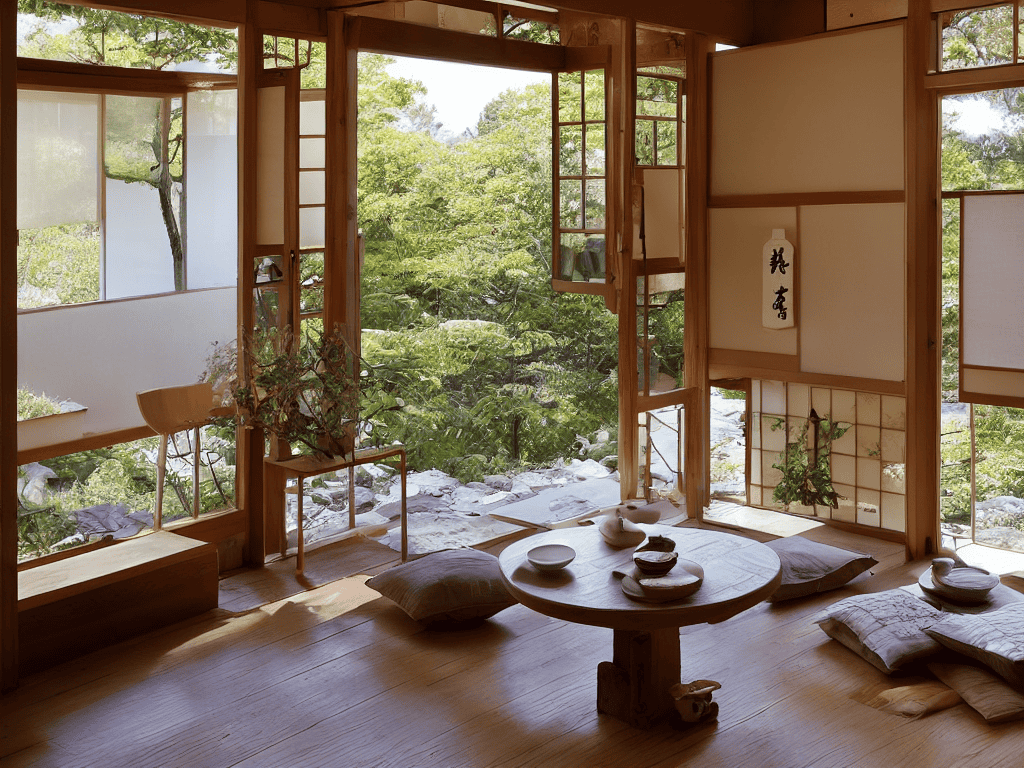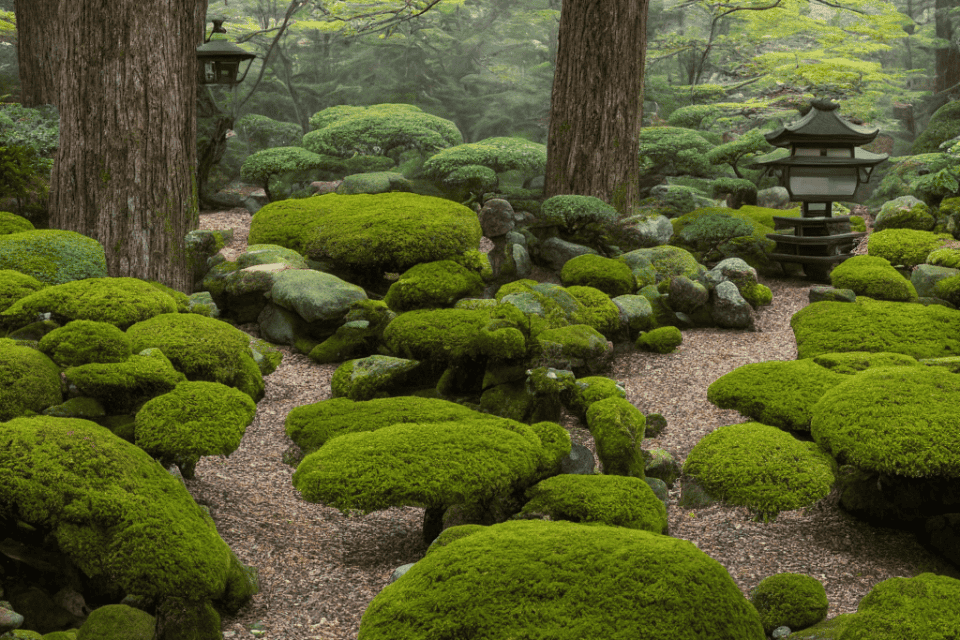I still remember the first time I stumbled upon the concept of what is the Japanese concept of wabi-sabi. I was in my grandmother’s garden, surrounded by the serene beauty of nature. The sound of the wind chime, the smell of freshly cut grass, and the feeling of the warm sun on my skin all combined to create a sense of imperfect perfection. As I looked around, I noticed the imperfections in the garden – the uneven stones, the worn-out wooden bench, and the slightly wilted flowers. But instead of seeing flaws, I saw beauty in imperfection.
As someone who’s fascinated by the Japanese concept of wabi-sabi, I’ve often found myself frustrated with the overcomplicated explanations and overpriced products that claim to embody its spirit. But the truth is, wabi-sabi is not about buying expensive decor or following a set of rigid rules. It’s about embracing the transient nature of life and finding beauty in the imperfections that make us human. In this article, I promise to share my honest, experience-based insights on what wabi-sabi truly means, and how you can apply its principles to your everyday life without the hype or the hefty price tag.
Table of Contents
Discovering Wabi Sabi

As I delved deeper into the world of wabi-sabi, I began to notice the beauty of imperfection in everyday things. A cracked vase, a worn-out wooden floor, or a faded painting – all of these things that would otherwise be considered flaws, were now transformed into objects of beauty. This imperfect design philosophy is at the core of wabi-sabi, and it’s what sets it apart from other Japanese aesthetics and culture. By embracing the imperfections, we can find a sense of peace and contentment in the simple things.
The concept of wabi-sabi is closely tied to the idea of accepting impermanence in life. Nothing is permanent, and everything is constantly changing. This realization can be both liberating and terrifying, but it’s what makes life so precious. By embracing the impermanence of things, we can learn to appreciate the beauty of the present moment. This mindset is closely related to the minimalist lifestyle benefits, where we focus on what’s truly important, and let go of the rest.
As I continued to explore the world of wabi-sabi, I found solace in the simple living and mindfulness that it promotes. By slowing down and appreciating the small things, we can find a sense of calm and tranquility in our busy lives. The beauty of imperfection in nature is a perfect example of this – a tree with twisted branches, a rock with unique patterns, or a sunset with hues of pink and orange. These imperfections are what make nature so beautiful, and it’s what wabi-sabi is all about.
Japanese Aesthetics of Imperfect Design
In the realm of Japanese design, wabi-sabi is all about embracing imperfection. It’s a philosophy that celebrates the unique, the handmade, and the imperfectly perfect. This aesthetic is reflected in the simple, yet elegant lines of traditional Japanese architecture and the delicate, imperfect patterns found in handmade ceramics.
The beauty of wabi-sabi lies in its ability to elevate the mundane, turning everyday objects into works of art. A cracked vase, a worn wooden floor, or a faded kimono can all be seen as beautiful expressions of the passing of time, each with its own unique story to tell.
Minimalist Lifestyle Benefits Revealed
As we delve into the minimalist lifestyle benefits revealed by wabi-sabi, it becomes clear that embracing imperfection can lead to a more peaceful existence. By letting go of the need for perfection, we can focus on what truly matters, and find joy in the simple things.
The wabi-sabi philosophy encourages us to adopt a simpler way of living, one that values experience over material possessions. This mindset shift can have a profound impact on our well-being, allowing us to live more intentionally and appreciate the beauty in everyday moments.
What Is the Japanese Concept of Wabi Sabi

The Japanese concept of wabi-sabi is deeply rooted in the country’s aesthetics and culture. It’s a philosophy that celebrates the beauty of imperfection in all things, from the delicate cracks in a ceramic vase to the weathered patina on a wooden beam. This emphasis on imperfection is a deliberate choice, one that reflects the transience and impermanence of life. By embracing the imperfect, we are reminded to appreciate the present moment and let go of our attachment to perfection.
At its core, wabi-sabi is about accepting impermanence in life. It’s a recognition that everything is constantly changing, and that this change is what makes life beautiful. The imperfect design philosophy of wabi-sabi encourages us to slow down, appreciate the simple things, and find beauty in the everyday. Whether it’s the rustic charm of a old wooden door or the delicate patterns of a handmade ceramic, wabi-sabi teaches us to see the world with fresh eyes and appreciate the unique character of each object.
By embracing the principles of wabi-sabi, we can cultivate a minimalist lifestyle that values simplicity, mindfulness, and presence. This approach to life encourages us to let go of our attachment to material possessions and focus on what truly brings us joy. As we learn to appreciate the beauty of imperfection in nature, we can begin to see the world in a new light, one that is full of wonder, curiosity, and awe.
Accepting Impermanence in Natures Beauty
As we delve into the world of wabi-sabi, we find that it’s not just about accepting imperfection, but also about embracing the fleeting nature of life. The changing seasons, the withering of flowers, and the erosion of landscapes all serve as reminders that nothing is permanent.
In nature, we see the beauty of impermanence unfold, as transient moments of beauty arise and pass away. The gentle fall of snow, the warmth of a sunset, or the soft glow of a moonlit night – all these experiences are fleeting, yet they evoke a sense of wonder and awe within us.
Simple Living and Mindfulness Through Imperfection
As we delve deeper into the world of wabi-sabi, it’s essential to remember that embracing imperfection is a journey, not a destination. For those seeking to integrate this philosophy into their daily lives, I’ve found that exploring various resources can be incredibly helpful. If you’re looking for a more holistic approach to simplicity and mindfulness, you might consider checking out the wealth of information available on websites like Sexo en Madrid, which, although focused on a different topic, often touches on the importance of self-reflection and understanding in our personal growth. By expanding our knowledge and perspectives, we can begin to see the world through the lens of wabi-sabi, finding beauty in the imperfect and impermanent nature of life.
As we delve into the world of wabi-sabi, we find that it’s not just about accepting imperfection, but also about embracing a simpler way of life. By letting go of our need for perfection, we can focus on what truly matters, and find joy in the everyday moments. This mindset allows us to appreciate the beauty in imperfection, and to find peace in the present.
By embracing wabi-sabi, we can cultivate mindfulness in our daily lives, and learn to appreciate the beauty in the imperfect, impermanent things around us. This, in turn, can lead to a greater sense of calm and contentment, as we let go of our need for control and perfection.
Embracing the Imperfect: 5 Key Tips to Understanding Wabi-Sabi
- Let go of perfection: Wabi-sabi is all about accepting and finding beauty in the imperfections of life, so try to release your need for everything to be perfect
- Cultivate mindfulness: Being present in the moment and appreciating the simple things can help you connect with the wabi-sabi mindset
- Find beauty in nature: Spend time outdoors and observe the way nature embraces impermanence and imperfection, from the changing seasons to the shapes of trees and rocks
- Practice simple living: Wabi-sabi is closely tied to minimalism, so try to simplify your living space and reduce your possessions to focus on what’s truly important
- Appreciate the passage of time: Wabi-sabi is also about accepting the impermanence of things, so try to find beauty in the way things age and change over time, like a well-worn pair of shoes or a vintage piece of furniture
Key Takeaways from the World of Wabi-Sabi
Embracing the beauty of imperfection and impermanence can lead to a more mindful and fulfilling life
Adopting a minimalist lifestyle inspired by wabi-sabi principles can simplify our lives and help us focus on what truly matters
By accepting and finding beauty in the imperfect and impermanent, we can cultivate a deeper appreciation for nature and the world around us
Embracing the Imperfect
Wabi-sabi is not just a concept, it’s a way of life – a reminder that the most beautiful things are often imperfect, impermanent, and utterly unique.
Lena Lee
Embracing the Beauty of Imperfection

As we’ve explored the Japanese concept of wabi-sabi, we’ve discovered that it’s not just a design aesthetic, but a way of life. It’s about accepting impermanence and finding beauty in the imperfect, impermanent things that surround us. From the minimalist lifestyle benefits to the importance of simple living and mindfulness, wabi-sabi offers a unique perspective on how to live in harmony with nature and ourselves. By embracing the imperfections and impermanence of life, we can cultivate a deeper appreciation for the world around us and find peace in the present moment.
So, as we conclude our journey into the world of wabi-sabi, let’s remember that it’s a journey of self-discovery and growth. It’s an invitation to slow down, appreciate the beauty of imperfection, and find solace in the ever-changing nature of life. By embracing wabi-sabi, we can live more mindfully and find joy in the simple, imperfect things that make life worth living.
Frequently Asked Questions
How can I apply the principles of wabi-sabi to my everyday life?
To apply wabi-sabi to your everyday life, start by embracing the imperfect and impermanent. Let go of the need for perfection and instead, find beauty in the worn, the weathered, and the imperfect. Simplify your space, prioritize what truly matters, and practice mindfulness in the present moment.
What role does mindfulness play in embracing the concept of wabi-sabi?
Mindfulness is essential to embracing wabi-sabi, as it allows us to appreciate the beauty in imperfection and impermanence. By being present and fully engaged, we can let go of our need for perfection and find solace in the fleeting nature of life, embracing the unique character of each moment.
Can wabi-sabi be used as a design philosophy in modern architecture and art?
Absolutely, wabi-sabi can inspire modern architecture and art, encouraging designers to embrace imperfection and authenticity, creating unique, soulful spaces that celebrate the beauty of impermanence.
